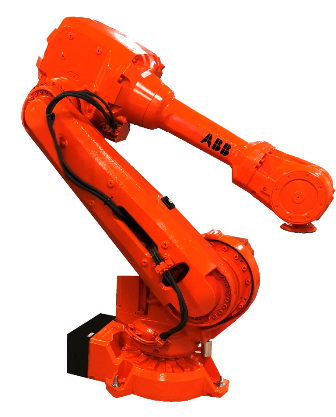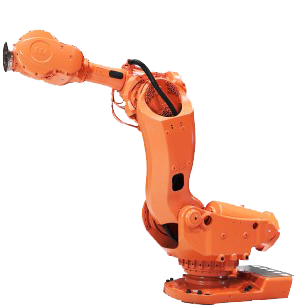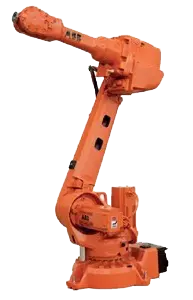Industrial robots have been around for decades, with the earliest models dating back to the 1960s. In the decades since they have become common amongst numerous industries and applications. Their rise in popularity is because they are a proven solution for productivity, quality, and efficiency. Despite their benefits, many are still hesitant to automate with robotics because they have fallen victim to robotic myths. Below is a list of the top five most common myths surrounding robots.
Robots are Expensive
Yes, the initial cost of a robot can be pricey, but a robot is a smart investment and there are other options than purchasing brand new. Purchasing a second-hand industrial robot can be significantly less expensive. Used models for robots like the FANUC Lr Mate 200ic or the Motoman HP50 allow you to automate without breaking the bank. Robots can operate from several years to several decades so buying a used robot can be similar to purchasing a new one. Whether purchasing new or used, robots will help reduce labor and material costs while increasing productivity. All this can lead to increased revenue and profits for your business, earning your ROI quickly.Robots are a Safety Hazard
The first industrial robots were large, bulky, and a danger to workers, but that is no longer the case. Today’s industrial robots are built to safety standards set in place by organizations such as the ISO and ANSI. They ensure the safe operation and safeguarding of all robots including the FANUC M-900ia and the ABB IRB 2600. Robots are now built with sensors to be able to detect objects or people. These sensors will stop the robot’s operation if an intruder is detected within its workspace. Industrial robots can be housed inside workcells like the Lincoln 35, which enclose the robot away from workers. Safety devices such as light curtains and area scanners are used with cells to stop operation should a person enter the robotic workcell. Safety is of the upmost importance with the design and operation of today’s robots.Robots Take Away Jobs
Robots displacing workers is one of the biggest misconceptions, the reality happens to be the opposite. Industrial robots have replaced workers in mundane, repetitive, and dangerous jobs while creating more productive and better skilled jobs. According to the International Federation of Robotics, the automotive industry added 52,000 robots from 2010 to 2016. During the same timeframe more than 260,000 jobs were also added to the industry. With the addition of robots comes the need for operators, programmers, engineers, software developers, and many more fields. Employers are able to offer safer, skilled, and better paying jobs to workers because of robots.Robots Can Only Perform One Application
Industrial robots are designed to perform multiple applications. For example, the FANUC R-2000iB/165F can perform arc welding, assembly, material handling, and machine tending applications. Robots can adapt easily to manufacturing changes by being reprogrammed and redeployed for a new application. Tool changers can be integrated with robots for automatic EOAT switching during a production cycle, allowing one robot to complete multiple applications within a production run.Robots are too Complex
The programming, integration, and operation of industrial robots has become simple and easy for all users. Easy robot programming has become standard thanks to offline software and teach pendants. Programmers do not need hours of training and robots can be deployed quickly with step by step guidance provided through the teach pendant and robot software.Robots Done Right is the place to start when it comes to used robots. Contact us if you are interested in buying or selling your used robot.




